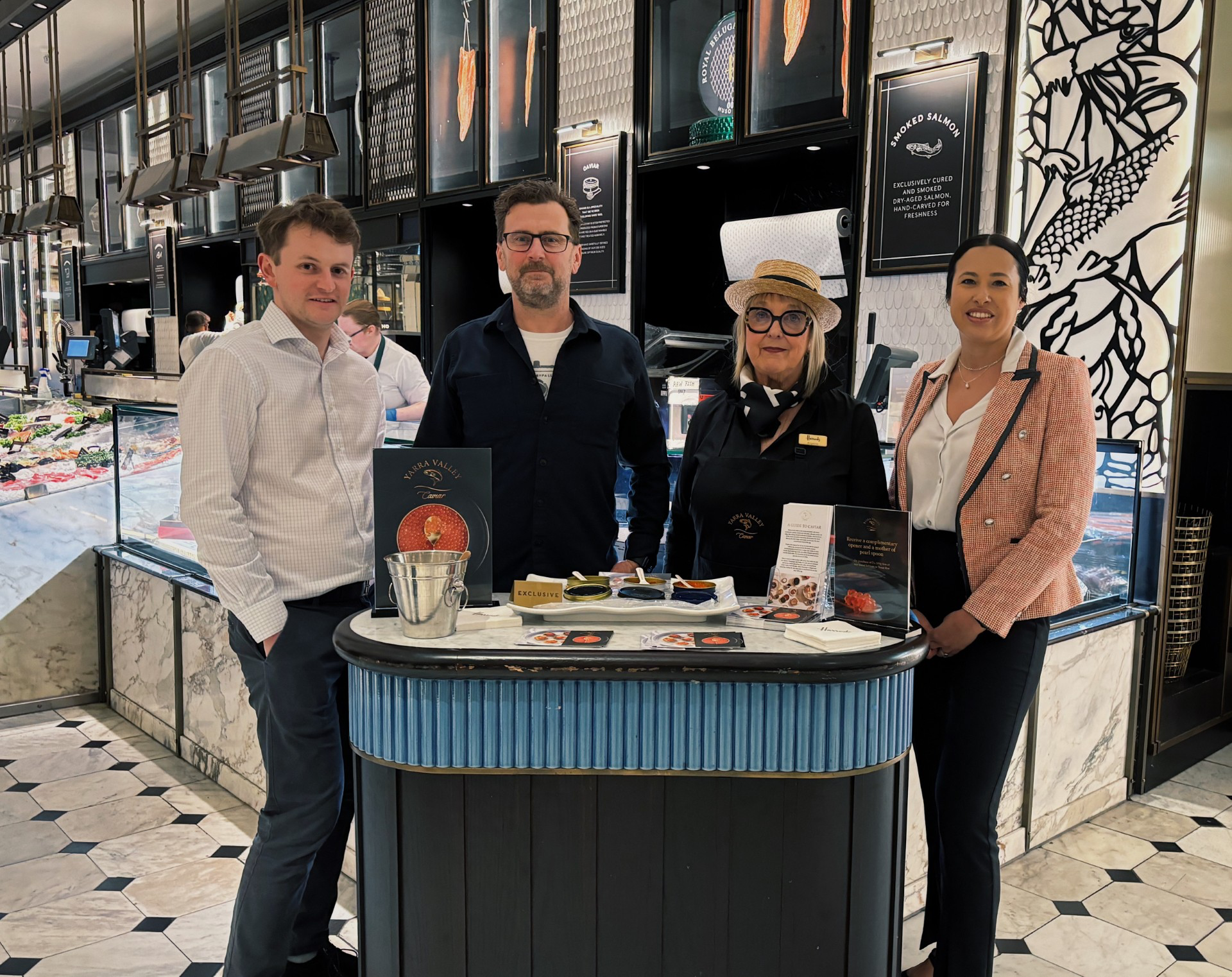Astronomical Society of Australia
National recognition for astronomers from Perth, Canberra, and Melbourne
- How dark matter behaves in colliding galaxy clusters, explained by UWA/ICRAR student William McDonald
- Why the Universe’s earliest stars are so elusive, by Dr Piyush Sharda of ANU (now working at Leiden Observatory, the Netherlands)
- A sharper focus on when the Universe lit up, by Dr Nichole Barry of Curtin University/ICRAR
- The chemistry of starlight helps explain our galaxy’s evolution, says Dr Sven Buder of ANU
- A mission to study 6 million galaxies in 5 years, by A/Prof. Michelle Cluver of Swinburne University of Technology
- Software that enables ‘impossible’ research, by Dr Manodeep Sinha of Swinburne University of Technology.
The Astronomical Society of Australia (ASA) will honour the 6 at its Annual Scientific Meeting at the Macquarie University Wallumattagal Campus in Sydney 3-7 July 2023.
“The research recognised in the awards goes to the heart of some of the biggest questions in astronomy today – such as the nature of dark matter and the evolution of the earliest stars and galaxies – vastly increasing our understanding of the Universe,” says ASA President Professor John Lattanzio.
/Public Release.







